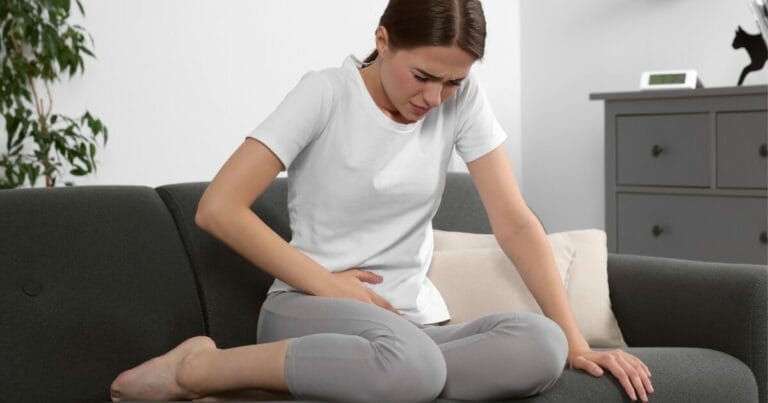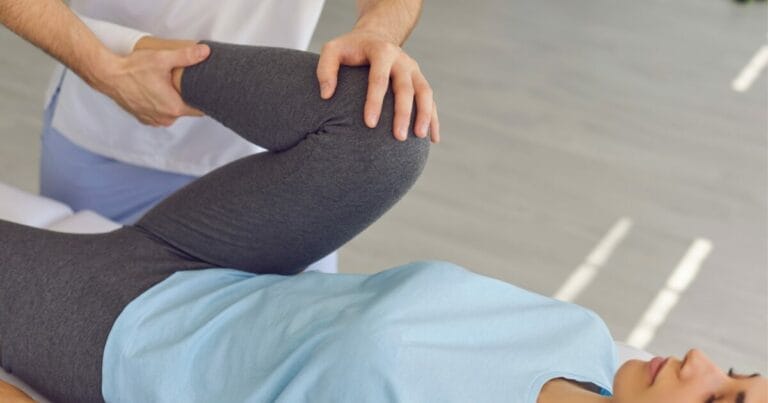Ease Your Bladder Pain: Pelvic Floor Therapy’s Role
Bladder pain can severely affect someone’s life, making daily activities uncomfortable and stressful. Pelvic floor therapy has become a key treatment for easing symptoms tied to bladder conditions, such as interstitial cystitis. This therapy focuses on strengthening the muscles that hold up the bladder and other organs in the pelvis. When these muscles aren’t working…










